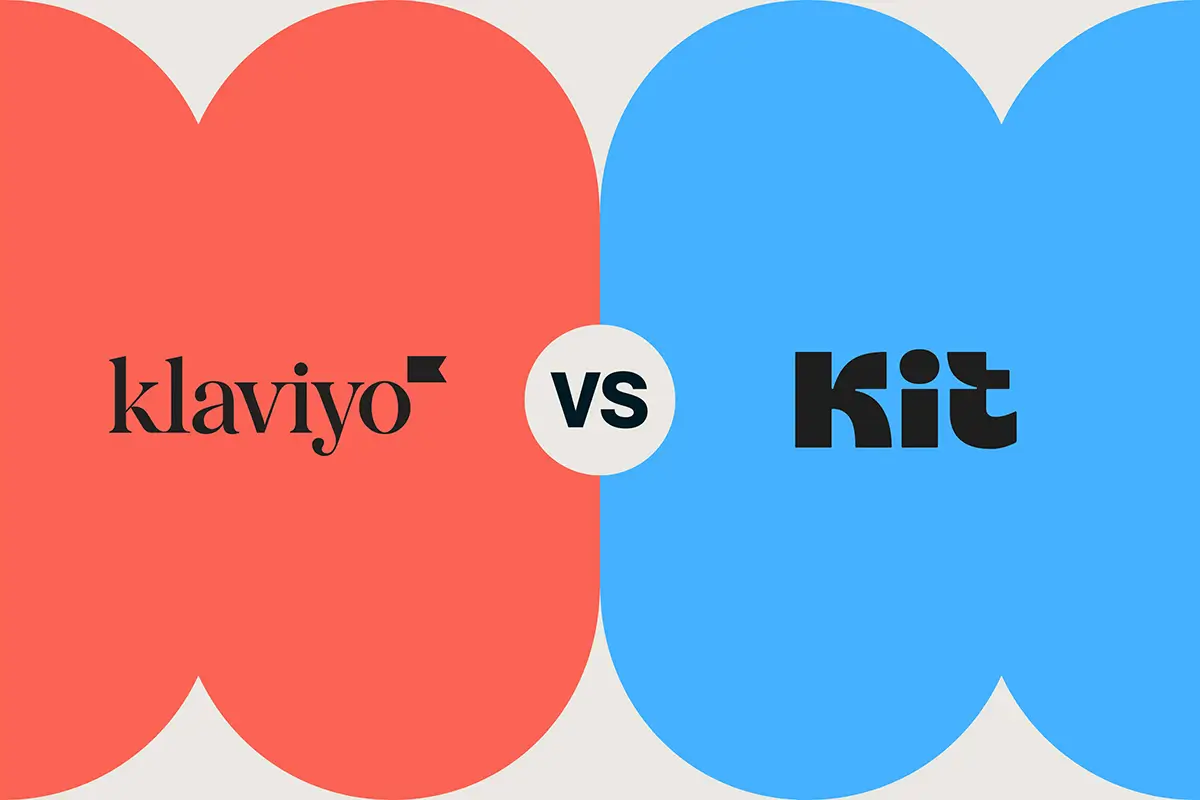Ever feel like you’re Goldilocks in pursuit of the just right Amazon product detail page? Maybe you can’t choose between 42 images for a product, or you just don’t have the right words to flesh out a solid description.
Creating your listings doesn’t have to be as overwhelming or time-consuming as it feels. Let’s walk through each section of your detail page and what it should look like!
(Btw– For the sake of this post, we’re only talking about things that are directly within your control– not sections like the product rating or the ‘frequently bought together’ recommendations.)
1. Brand
Your brand name is your brand name, there’s really no changing it. But there is one way you should be capitalizing on the brand name listed for each product.
2. Make a Brand Store
By doing so, each listing will say “Visit the CompanyXYZ store,’ encouraging shoppers to visit your Amazon storefront and ideally establishing brand loyalty.
(Learn more about your Amazon brand store in this post!)
3. Title
Before talking about what your title should look like, let’s review what it can’t include.
- No promotional phrases like ‘free shipping’ or ‘100% guaranteed.’
- No special characters including ~ ! * $ ? _ ~ { } # < > | * ; ^ ¬ ¦
- It can’t be longer than 200 characters.
So, what makes for a killer title? Sometimes, just nailing the right length can be tricky. You have 200 characters to work with, but Amazon recommends capping your titles around 80 characters. To make things even more confusing, best sellers typically have around 110 characters. Basically, say what matters most about your product without writing a keyword-stuffed mega title that looks like a robot wrote it.
What else makes for a great title?
- Use the brand name at the beginning of the title. (Hello, brand recognition)
- Include identifying details such as color/flavor/type/variant
- Include size or quantity
- Use numerals instead of spelling out numbers (write ‘5’ instead of ‘five’
PS– After a product sells for the first time, you’re unable to change its title. Take the time to create the perfect title so you have
4. Images
Each listing can have one primary image + 8 alternates. The primary image—
- has to have a pure white background (RGB 255, 255, 255)
- has to fill at least 85% of the space
- looks best when it’s sized 2000 x 2000 pixels
You can use up to 9 images for a product, but a lot of sellers cap it at 6 images + 1 video. (Videos are only available to brand owners– sorry resellers and vendors!) The last couple of images will only be seen by hardcore scrollers, so don’t get too stressed about adding 9 every time.
If you want to make your listing shine, include at least one infographic with callout text highlighting the main features of your product. That’s going to do you way more good than 7 photos of the same shirt from slightly different angles. Plus, there’s no guarantee that shoppers will scroll down to the A+ content, so this increases the odds of key information being seen.
Amazon is pickier than a 3 year old at dinner time, so be sure to read their requirements before you start taking and uploading photos.
5. ‘About This Item’
These bullet points are the perfect spot to highlight all of the features, benefits, and important details about the product. Since they’re right beside the images, they’re much more likely to be seen than the description later on.
You get 5 bullet points with 500 characters each. They must begin with a capital letter and have no end punctuation, making them sentence fragments.
What makes a good bullet point? It should focus on the benefits that each feature offers, sounding something like these—
- BPA free plastic won’t leach any toxic chemicals into your water
- Long-lasting LED light bulbs last an average of 3 years
6. Product Description
Let’s say you’re at Lowe’s trying to pick a new dishwasher. You’ve narrowed it down to a few, and you need some help deciding which one is just right for you. To make your final decision, you ask an associate to talk you through each of them.
That’s how I think of the product description.
It’s typically not the first thing people go to when they’re looking at your Amazon listing, but when it’s crunch time, they want the deets that your description has to offer. So, how can you make it zing?
- Include related keywords
- Read reviews of similar products to see what shoppers say most about them
- Focus on benefits more than features (again)
- Speak to the needs of your target audience
- Be concise & direct— review all of the details of the product
7. A+ Content
In case you didn’t know, A+ content is only available to sellers who have an Amazon brand store. (Seriously, are you convinced that you need a brand store yet?)
There are two types:
- Enhanced product description: additional details about the product that often complement the product features listed above
- Brand story content: details about your brand, values, and additional products
Amazon walks you through how to create A+ content, but here are a few tips to get it just right.
- Keep the focus visual and limit your use of text. Choose high quality images that will catch shoppers’ eyes and combine them with captions that highlight the unique selling point of your product.
- Include a mixture of content: high definition videos, white labeled comparison charts, quality images, FAQs, etc.
- Be consistent in using your branding elements.
- Use banners to break the content into segments so the entire section isn’t an endless scroll of two columns.
- Proofread, then proofread again. Errors reflect poorly on your brand and cost you sales.
Still feeling unsure about how to use A+ content to its full potential? Here are a few examples of graphics I’ve created for Amazon sellers.

Colibri highlighted the history of its brand by showcasing their lighter’s evolution.

Prextex used images and short captions to highlight popular features and benefits of their children’s toys.

Better Booch showcased each of the flavors they have to offer.
And that– my friends– is the anatomy of an Amazon product detail page!






